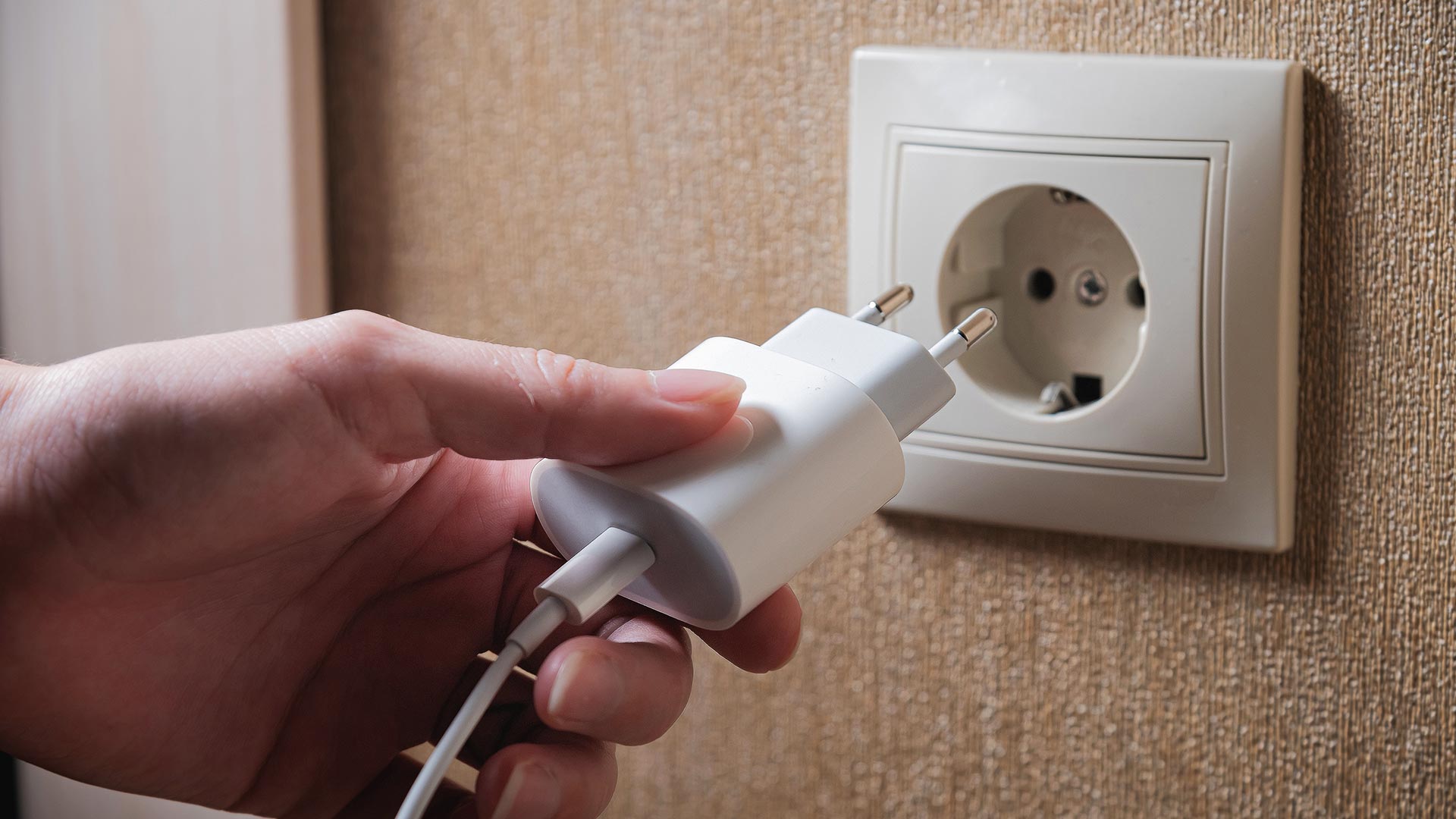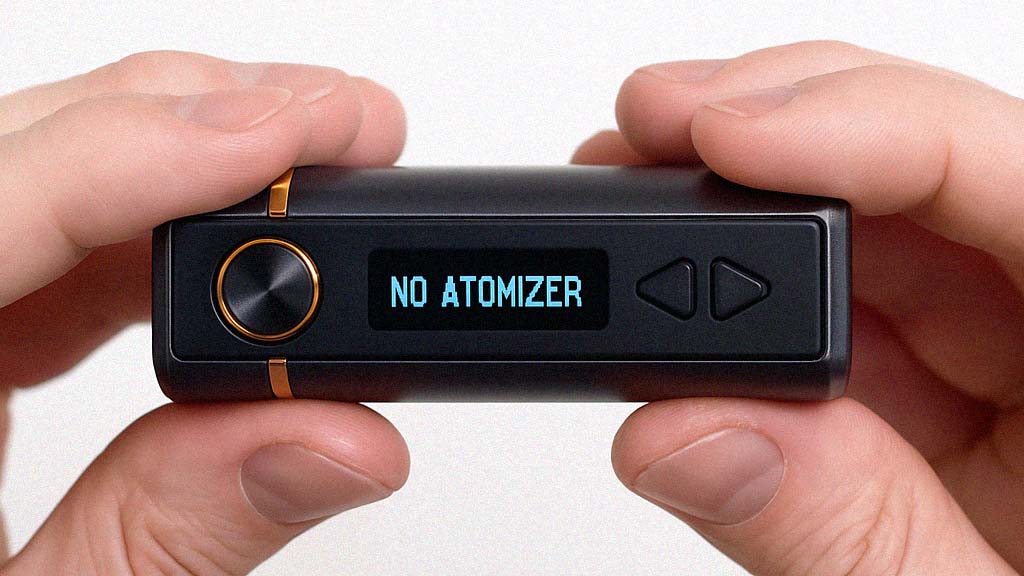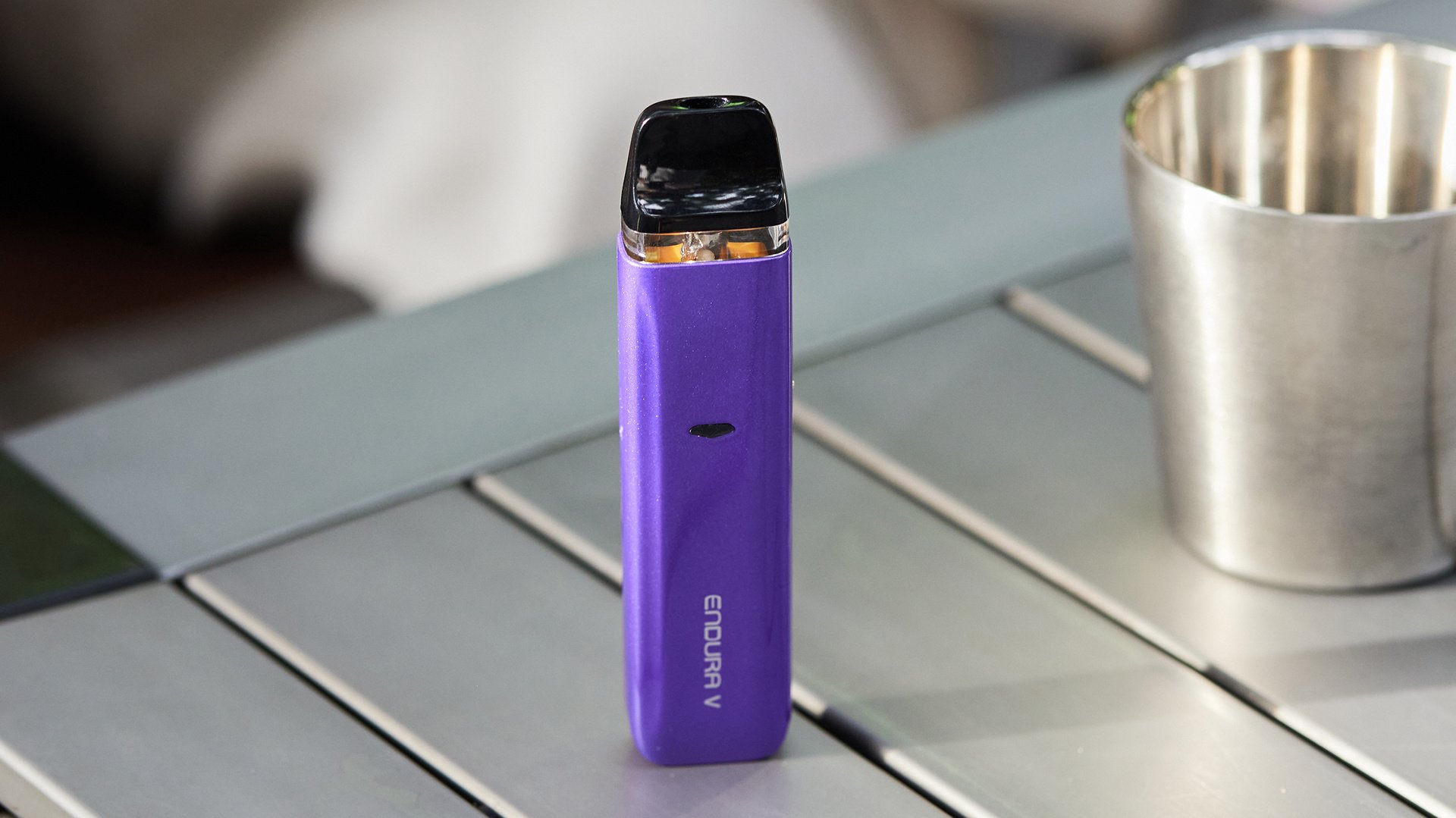No matter how great a vaping device’s battery capacity may be, it’ll still spend almost as much of its time charging as it does in use. That means you need to understand how your device’s charging process works and how to use a vape charger correctly if you want to have the best possible experience.
When you buy a new computer or phone, you probably exercise care to make sure that you’re charging it correctly. Maybe you even install an application to monitor the battery’s health. You do those things to make sure that the battery will last as long as it can. It's worthwhile to exercise the same care with your vaping device for the same reason – because taking care of your device’s battery will help to ensure that it lasts longer before you need to replace it.
So, what are the different types of vape battery chargers, and how do they work? Do you know how to charge a vape correctly? Do you know how to store and care for your vape batteries to ensure that they’ll hold a charge as long as they possibly can? Those are the things you’ll learn in this comprehensive guide to vape chargers.
What Are the Different Types of Vape Chargers?
In most cases, a vaping device charges through a USB port. You use the USB port to connect the device to a power source, and the battery charges. In other cases, it may be possible to charge a device by connecting the charger to the device’s 510 threading or by removing the device’s battery and placing it in a standalone charger. We’ll discuss the three types of vape chargers here.
USB Vape Chargers
Most of the vaping devices on the market have built-in USB ports for charging. If you have a device with this design, it’s likely that the only vape charger included with the device will be a simple USB cable. In a few cases, a vape kit may also include a wall adapter that allows you to recharge your device without using your computer’s USB port.
510-Thread Vape Pen Chargers
In the past, most of the vaping devices on the market didn’t have USB ports and instead charged directly through their 510 threading. To charge this type of battery, you’d need to remove the tank or cartridge from the device before connecting the charger. The other end of the charger would connect to your computer’s USB port or to a compatible wall charger. Although this design is rare for modern e-liquid vaping devices, many 510 batteries for vape cartridges still use screw-in vape pen chargers today.
Standalone Vape Battery Chargers
Although most smaller vaping devices have built-in batteries, the best vape mods often have batteries that you can remove. In this case, you can charge your device through the built-in USB port if you like, or you can also remove your device’s battery and charge it in a standalone charger. Most lithium-ion battery chargers will work with the 18650, 20700 and 21700 batteries that vape mods usually use.
A good standalone charger offers features like independent cell monitoring and will give you the ability to choose the rate at which your battery charges. If you want to use an external vape battery charger, though, you need to make sure that the charger is compatible with the type, chemistry and voltage of the battery you want to charge.
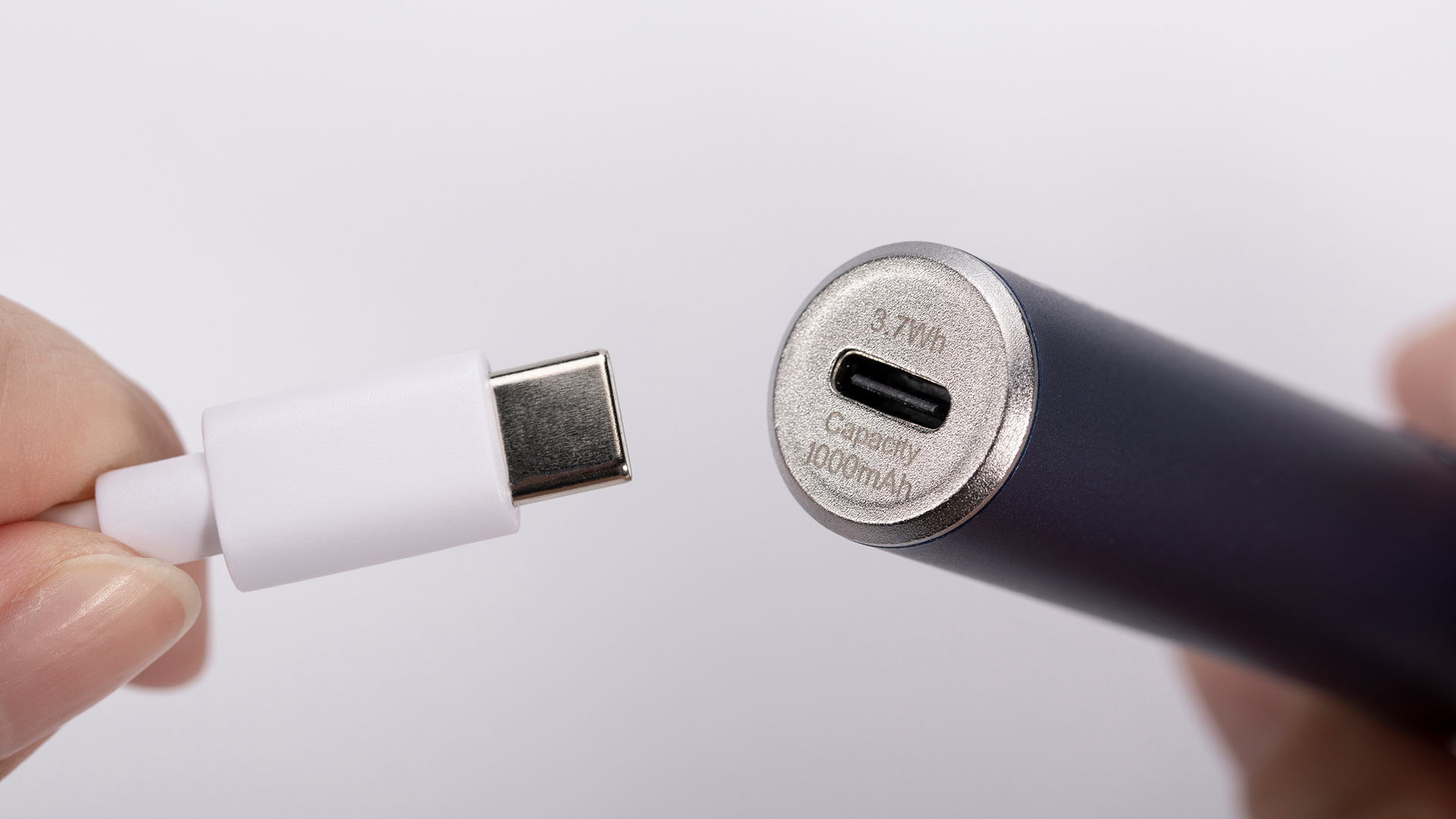
How Do You Use a Vape Charger Correctly?
Now that you understand the different types of vape chargers that might be available for your device, it’s time to learn more about how those chargers actually work. Here’s how to charge your vape pen correctly.
How to Use a USB or Screw-in Vape Charger
To charge your vaping device with a USB charger, you’ll start by connecting the cable to your device’s USB port. If you’re using a screw-in charger, you’ll remove the tank or cartridge from your device and connect the charger to your device’s 510 threading. You’ll then connect the other end of the cable to your computer’s USB port.
Don’t connect a vape charger to a USB wall adapter unless you’re certain that the wall adapter uses the voltage and amperage for which your vaping device is designed.
When you connect your vaping device to a power source, the device’s light should immediately turn on to show that the battery is charging. Depending on the charging speed and the capacity of the battery, the charging process may take around an hour or a bit longer. When the charging process is complete, the light will change in one of three ways.
- It’ll change from pulsing to solid.
- It’ll change from red to green.
- It’ll turn off.
When the light changes, you can disconnect the device from the charger and resume using it.
How to Use a Standalone Vape Charger
To charge a battery in a standalone vape battery charger, you’ll start by connecting the charger to a wall outlet. Next, you’ll remove the battery from your vaping device and place it inside the charger. In most cases, the battery’s positive terminal should face the top of the charger. When the battery is connected correctly, the charger’s screen or indicator light will turn on. When the battery is finished charging, remove it from the charger and reinstall it in your vaping device.
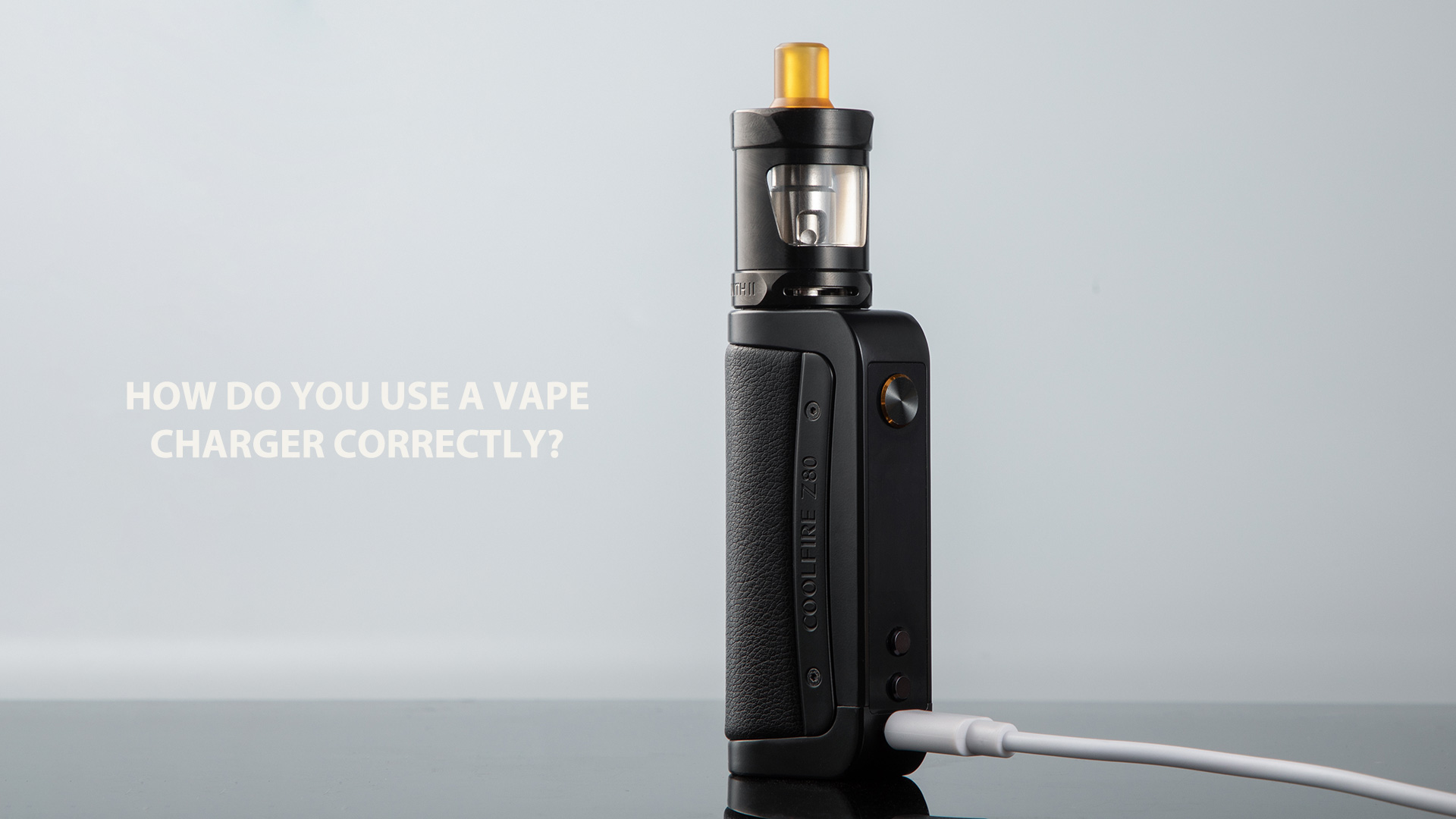
How to Increase the Life of a Vape Battery
Whether your vaping device has a built-in or removable battery, it’s in your best interest to treat the battery right, so it’ll continue delivering power reliably for as long as possible. It’s especially important to maximize the life of a built-in battery because when it stops holding a charge, you’ll need to replace the entire device. Even removable batteries are worth preserving, though, because good vape batteries aren’t cheap.
A lithium-ion battery typically lasts hundreds of charge-discharge cycles before its capacity is drastically reduced. To make sure that you can use a vape battery as long as possible, follow these simple steps.
- Always use, charge and store your vape batteries in moderate temperatures. Extremely hot and cold temperatures will both drain a battery’s charge more quickly. If a battery is used or stored in extremely hot temperatures, it could even overheat. In general, lithium-ion batteries are happiest at a comfortable room temperature.
- If your vaping device has a removable battery, you should always transport the battery in a dedicated carrier when it isn’t in the device. The carrier should protect the battery from shock and scratches. It should also prevent the battery from touching other metal objects, which can cause a short circuit. If a removable battery ever shows signs of physical damage such as a bulge, a dent or a torn wrapper, you should stop using it.
- If you’re going to store a vaping device or battery for an extended period without using it, you should endeavor to store the battery at an 80-percent charge. A new battery will almost always have that charge level when you initially receive it. Being stored at either a 100-percent charge or a 0-percent charge causes stress to a battery and shortens its life.
- Charge your batteries before they’re completely dead. Draining a battery until it’s completely empty increases the rate of the internal chemical changes that ultimately cause a battery’s capacity to decrease permanently.
- Store your vape batteries in a cool, dry environment. Excess humidity can shorten a battery’s life.
- If you’re using a standalone vape charger that allows you to select the charging rate, choose the lowest rate available. In most cases, the lowest rate that you can select is either 0.5 or 1.0 amps. Higher charging speeds generate more heat, which stresses a battery and can shorten its life.
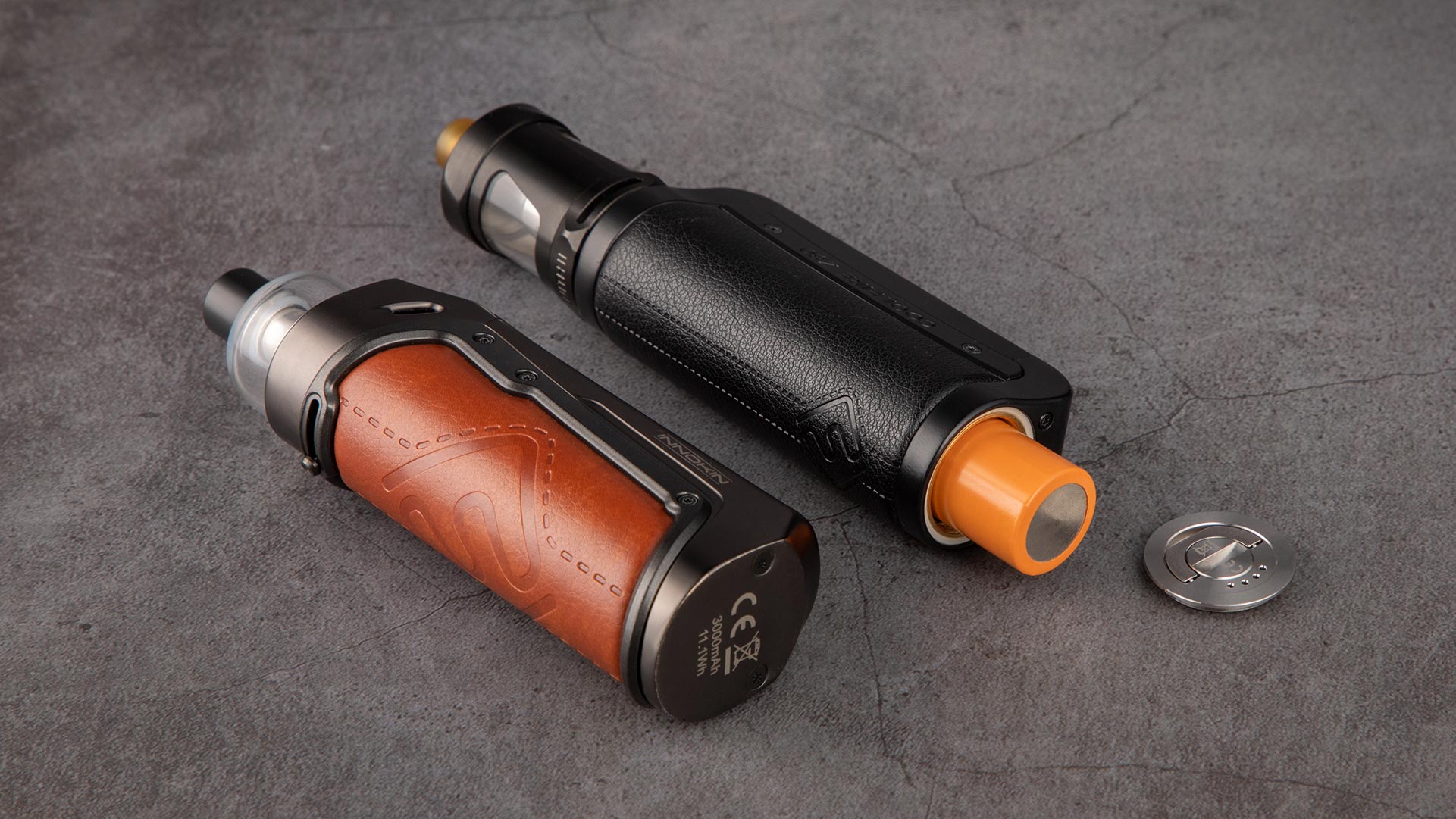
What to Do if Your Vape Isn’t Charging
If your vaping device isn’t charging, the solution is usually simple. The most common culprit in this case is a faulty charging cable – and since most vaping devices charge with standard USB cables, you can simply charge your device with any spare cable that you have available. USB vape chargers take a lot of abuse, so you should expect to replace them somewhat frequently.
If replacing the cable doesn’t resolve the issue, make sure that your device’s USB port is clean. If you find dust or lint inside the charging port, you can remove it with a toothpick. If your device still isn’t charging, make sure that you’re using the correct power source. In most cases, vaping devices are designed to charge through your computer’s USB port. Don’t use a wall charger to charge your vaping device unless you’re certain that the charger’s voltage and amperage are correct for your device. Mobile phone chargers are usually “quick chargers” that don’t work well with vape batteries.
Are you still having trouble? Learn more about how to fix a vape pen that isn’t charging.
Hemok Wang
Hey! Hemok here, a vaping enthusiast with a passion for helping people quit smoking. My uncle was diagnosed with lung cancer a few years ago after smoking for more than 40 years. I do understand that quitting smoking isn't only a physical issue but also a mental one. It's just hard to go "cold turkey". I believe that vaping is one of the best solutions to make the switch only if you do it in the right way, and that's why I am here to share :)


